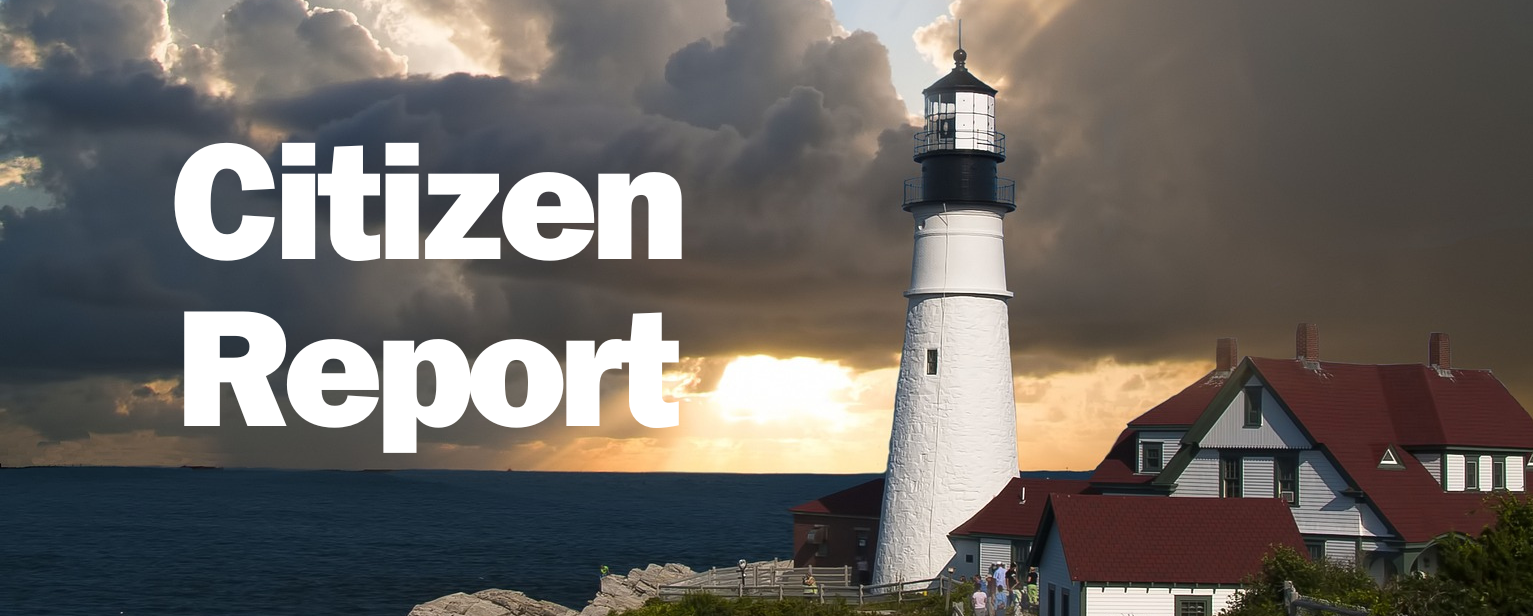From the outset, the Federal Reserve System has represented the politicization of money and banking in the United States. It allows the government to finance its preferred programs with newly printed money and to manipulate the entire structure of the economy with centrally planned interest rates.
Discourse about the Federal Reserve is frequently full of myths, dishonest framing, and outright lies. Listen to a press conference by Chairman Jerome Powell or read an article from a major outlet’s lead Fed correspondent and you’re bound to hear at least a few. For instance, it’s common for the financial press to characterize the Fed’s current conundrum as “walking a tightrope.”
It’s said that the Fed is working to guide the economy along without tipping it over into either high inflation on one side or a recession on the other. The last couple years, we’re told, saw the economy wobble too far toward the inflation side, with the Fed now attempting to pull the economy back to the thin line of stability without tipping over too far and plunging into a recession.
But anybody who actually understands what causes recessions can tell that this framing is, at best, incredibly misleading. The Fed doesn’t prevent recessions, it directly causes them. These days the tightrope analogy contributes to the myth that, while difficult, a recession is possible to avoid. It isn’t. All the Fed can do is delay and amplify the painful correction that earlier monetary policy made inevitable.
Another myth that has been getting more attention in past weeks is that the Fed as an organization is separate from, above, or independent from politics.
The attention follows a Wall Street Journal report alleging that members of former president Donald Trump’s team are drawing up plans to give the president more power over the Fed should Trump win the election this November. Reporters cite an internal ten-page document that argues the president should be consulted on interest-rate decisions and have the authority to fire Fed chairs before their term is up. These plans sparked panic about a politicized Fed and provoked responses from several concerned economists.
It is absurd that this needs to be spelled out, but the Fed is already a political organization. It was established by an act of Congress in 1913. Two decades later, Congress consolidated much of the Fed’s power in Washington, DC, and set up the position of chairman, who is appointed by the president and confirmed by the Senate. It also created a single committee—most of which is also appointed by the president and confirmed by the Senate—to direct open market operations for the entire country. Then in 1977, Congress passed another bill requiring the Fed to pursue specific policy goals.
So, a bunch of politicians created an organization and consolidated its power in Washington, DC, where a committee of government officials appointed and confirmed by politicians directs monetary policy for the entire country according to policy goals defined earlier by other politicians. And we’re supposed to consider this organization to be nonpolitical.
Moreover, the idea that the changes Trump’s team might be considering would represent a categorical change to the structure of the Federal Reserve is crazy. Fed chairs already consult with current presidential administrations through the Treasury Secretary. It’s not as if the Fed is isolated from the ambitions of the executive branch.
The real risk, from the establishment’s perspective, is not that Trump will turn the Fed into a political organization but that he will expose the fact that it already is one.
From the outset, the Federal Reserve System has represented the politicization of money and banking in the United States. It allows the government to finance its preferred programs with newly printed money and to manipulate the entire structure of the economy with centrally planned interest rates. This is great for politicians, government bureaucrats, and politically connected businesses that get the new money early. But it traps the rest of us in a recurring nightmare of unnecessary economy-wide booms and busts along with devastating, culture-destroying permanent price inflation.
The illusion of an independent, nonpolitical Fed is critical to keep the scam going.

